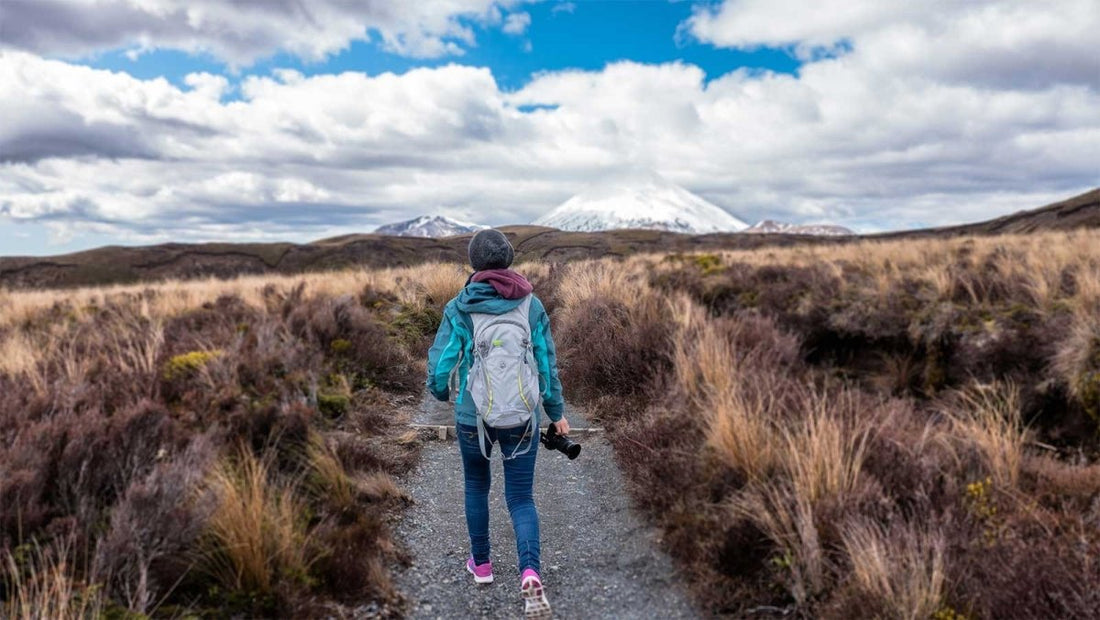
The Hiker's Guide to the Ten Essentials
Be Prepared with the Ten Essentials
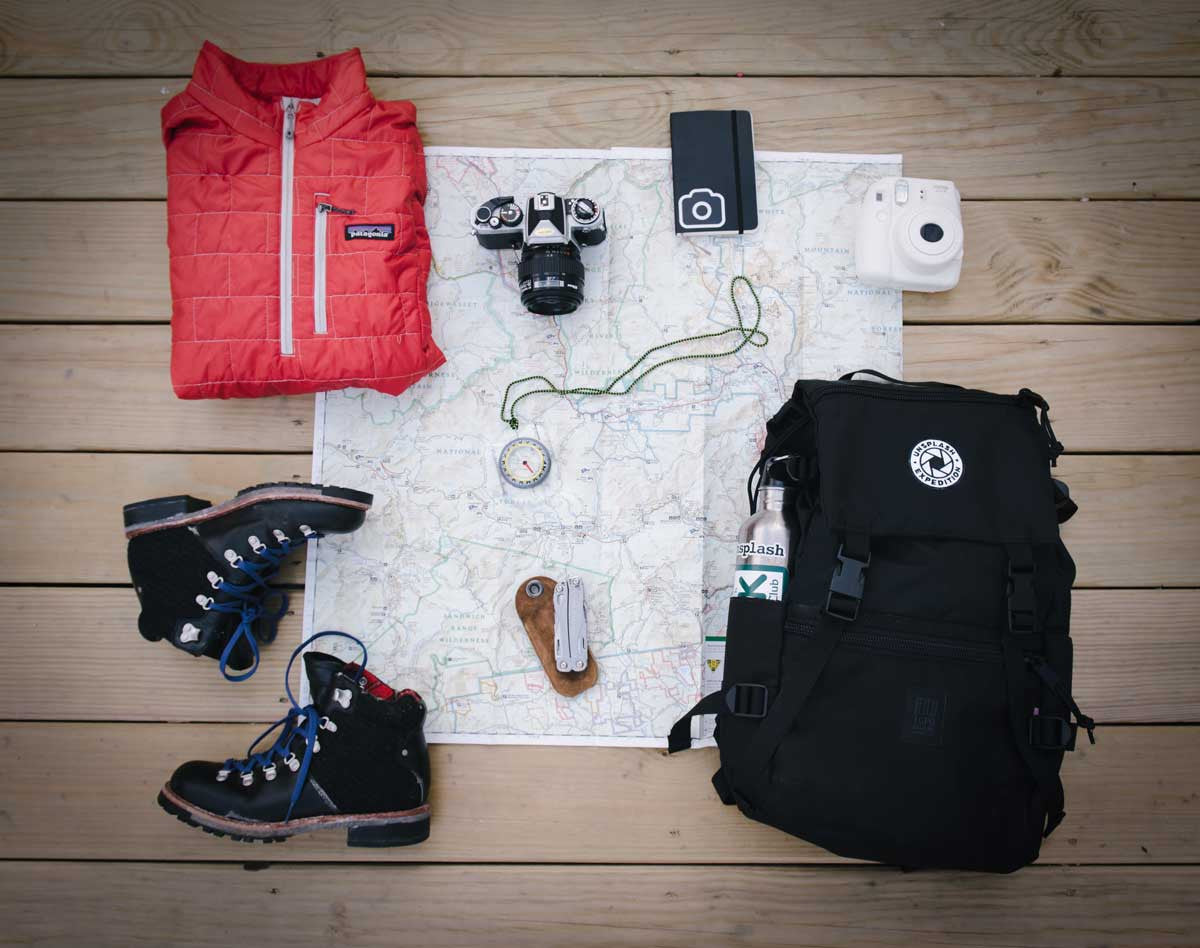
Bringing the 10 Essentials on every adventure is something all hikers, backpackers, and adventurers should make second nature. Most day hikes and backpacking trips won't require the use of every item, but having the 10 Essential in your pack when things go south, could be a lifesaver.
The original 10 Essentials were developed by the Seattle-based Mountaineers Club in the 1930s and first appeared in print in Mountaineering the Freedom of the Hills, 3rd edition, published in 1974.
The Original Ten Essentials
- Map
- Compass
- Sunglasses & Sunscreen
- Extra Clothing
- Headlamp / Flashlight
- First-aid Supplies
- Firestarter
- Matches
- knife
- Extra Food
The Updated Ten Essentials
In 2003, the Mountaineers published the 7th edition of Mountaineering: Freedom of the Hills, 8th Edition
with an updated 10 Essentials to account for new technology and equipment. The Freedom of the Hills is a great resource for both mountaineers and hikers, covering many survival and mountaineering techniques that every outdoor enthusiast will find helpful while exploring the backcountry.

The updated 10 Essentials takes a new approach that the Mountaineers call the System Approach. Whereas the previous 10 Essentials List had consisted of 10 individual items, the Updated 10 Essentials List consists of 10 Systems that can be composed of multiple items. Don't worry if this sounds overwhelming we are going to cover each system below.
1. Navigation: Topographic Map, Compass, and Optional GPS / Altimeter

Bring a topographic map on every hike, especially when hiking in unfamiliar areas or when taking a complicated route. Combined with a compass, a map can be the difference between being lost overnight in the backcountry and an epic adventure story to recount at the bar after the hike. You can also consider letting technology do your navigating with a GPS and Altimeter. However; these should not replace your map, compass, and navigation skills since they have limited battery life.
Additional Info: How to Get Free Topo Maps for Your Next Hike
2. Sun Protection: Sunglasses, Sunscreen, and Hat / Clothing for Sun Protection

No one plans on getting a sunburn, but the hike you thought would only take an hour can sometimes take three, so always pack your sunglasses, sunscreen, hat, and light weight clothing for sun protection to protect your skin from getting an overdose of sun.
3. Insulation: Extra Clothing for Coldest Possible Weather
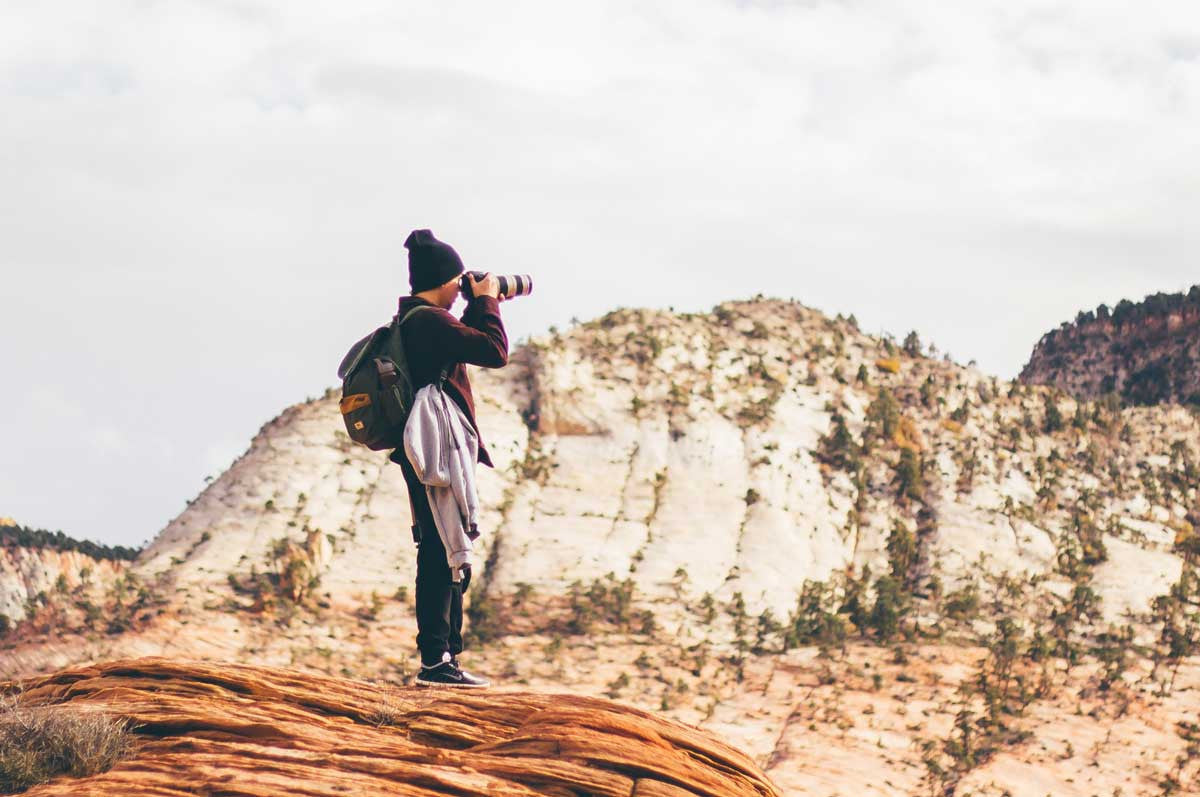
Have you ever noticed that the weatherman is usually wrong? Don't count on that perfect forecast when heading into the backcountry, the weather can change rapidly and unexpectedly and if you aren't prepared with extra clothing you can end up wet and cold or worse. The Mountaineers recommend bringing enough clothing so you can survive the worst realistic conditions that you may encounter. Items to consider are rain gear, long underwear, hat, gloves, synthetic insulated jacket, extra hiking socks etc.
4. Illumination: Headlamp or Flashlight and Extra Batteries

We prefer headlamps because they are lightweight and keep our hands free, but a normal flashlight will get the job done. Just as important, are extra batteries, because you don't want to be that guy who's light goes out 3 days into a 4-day backpacking trip.
Pro Tip: We keep a small backup keychain led light in our first aid kit.
5. First-Aid Supplies: Enough for the length of Trip

You can create your own first-aid kit or go with a premade kit that will fit your needs. We like to go with a premade kit that we can then supplement with additional items to fit our needs. Make sure your first-aid kit includes a selection of bandages, anti-bacterial ointment, gauze pads, medical tape, pain medication, and gloves.
6. Fire: Lighter, Waterproof Matches, and Firestarter
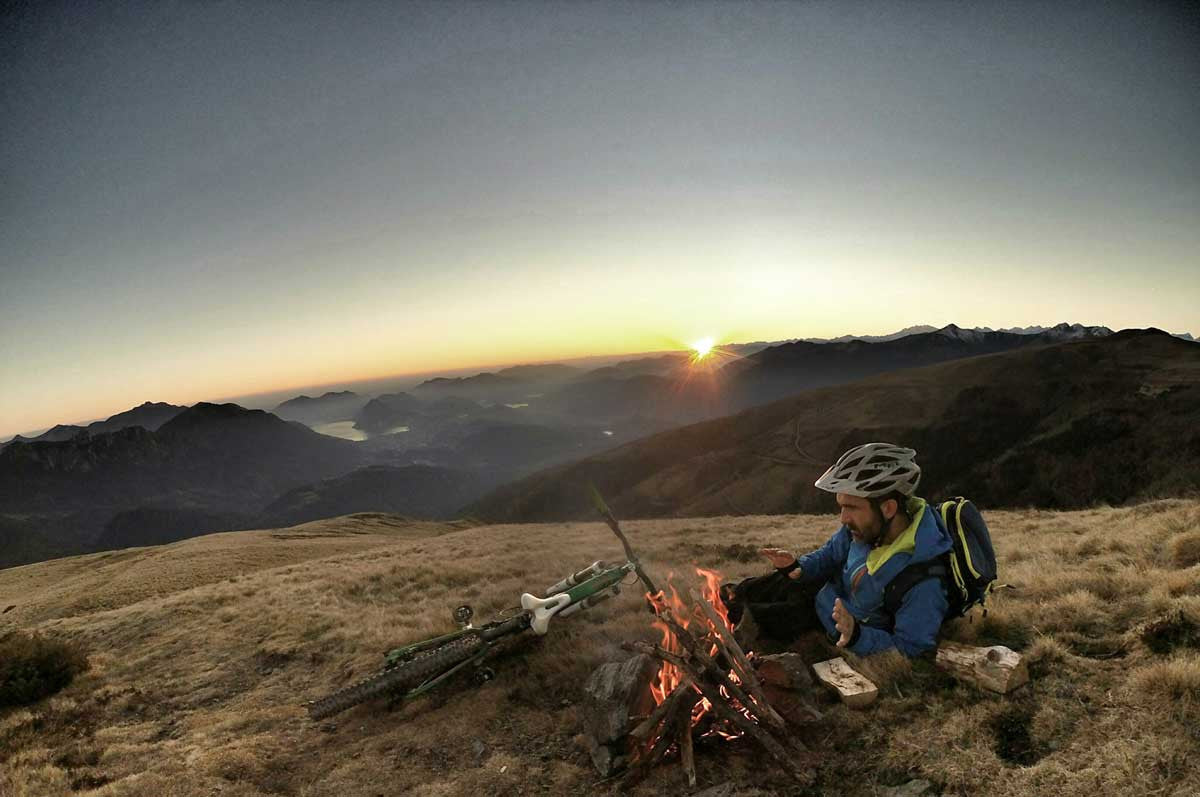
Many of the backcountry destinations we enjoy don't permit fires, but in an emergency, you may need to build a fire to survive. Pack a lighter, waterproof matches, and a firestarter and you should be able to get a fire started when you need it.
7. Repair Kit and Tools: Knife, Multitool, Duct Tape etc
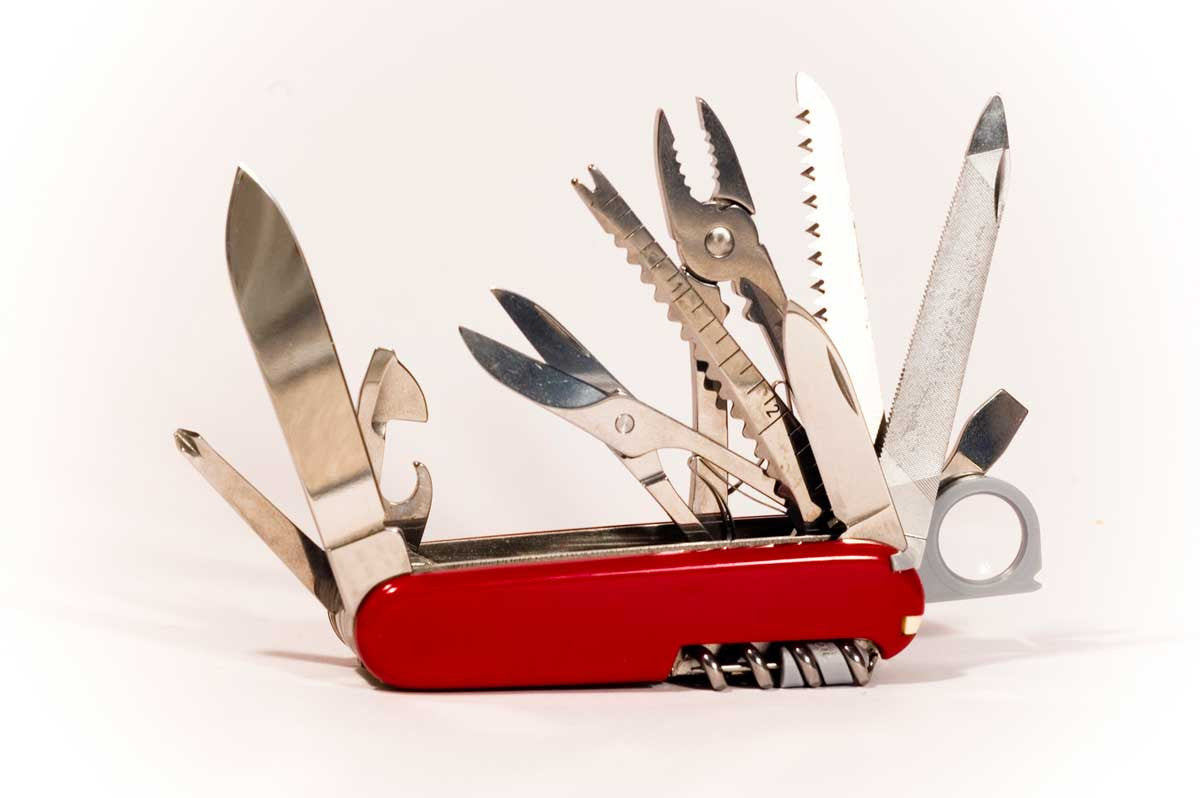
A good knife or multitool has so many uses that it should be in your pack every time you hit the trail. A few items we like to add for random gear repairs are paracord, duct tape, and safety pins.
Pro-Tip: Wrap duct tape or paracord around your water bottle and it will be there if you need it.
8. Nutrition: Enough Food for an Extra Day
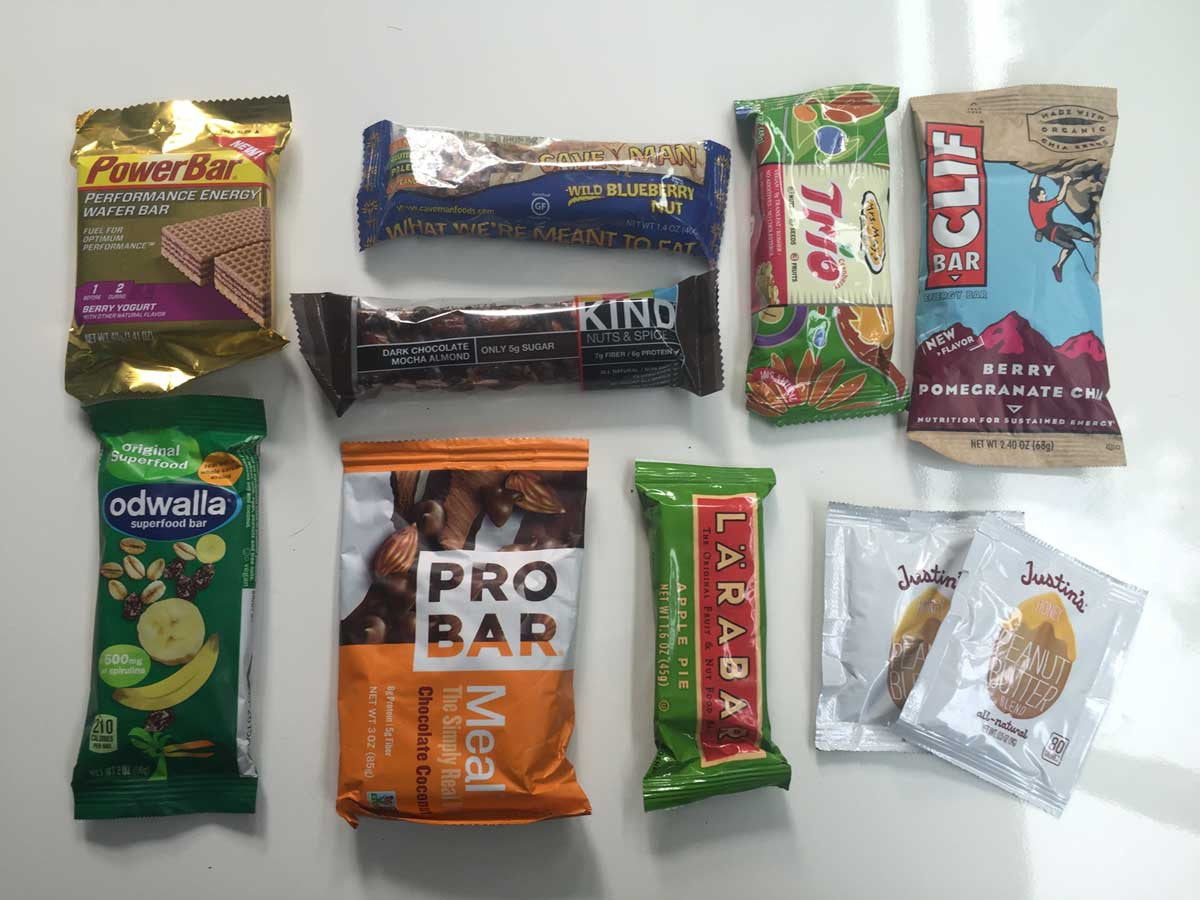
Bringing enough nutrition for an extra day in the backcountry doesn't mean you need to have an emergency breakfast, lunch, and dinner in your pack. Keep things simple by bringing a few extra granola bars, beef jerky or other items that are easy to carry.
9. Hydration: Enough Water for an Extra Day

Hydration is particularly important when hiking in the backcountry. Carry more water than you think you will need and drink often and early. The Mountaineers recommend bringing a water bottle and a collapsible water reservoir. You should also carry a filter or chemical purification system and plan on replenishing your water when you can.
Additional Info: 6 Ways to Purify Water While Backpacking and Hiking
10. Emergency Shelter: Tent, Tarp, Bivy Sack, Poncho, Space Blanket etc.

Emergency Shelter is new to the 10 Essentials List. Shelter is something many day hikers might not consider bringing, but something as simple and light as an extra large garbage bag or tarp can help keep you warm and dry if you end up spending the night in the mountains
A Few More Essentials to Consider
- A Friend: Our most memorable hikes and adventures have been shared with good friends. Plus in an emergency situation, you can watch out for each other.
- Cell Phone: You won't always have service, but backcountry coverage is steadily expanding.
- A Personal Locator Beacon: A Beacon can be activated to alert search and rescue and guide them to your location during an emergency.
Click here to view the entire shop and all the products Cloudline has to offer!

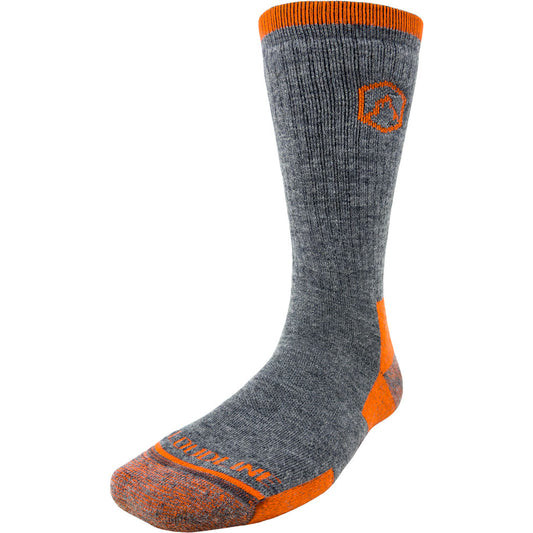
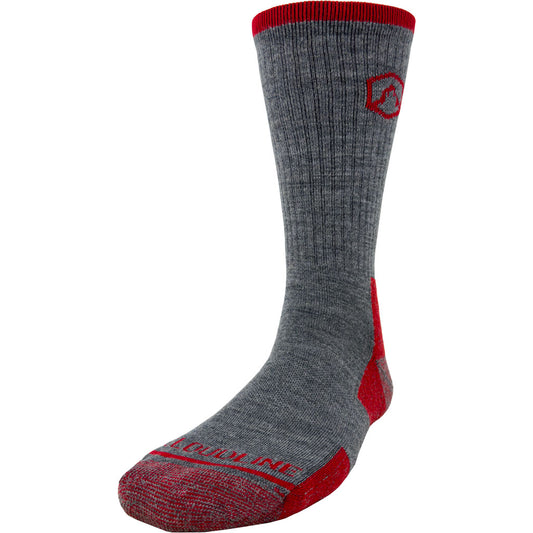
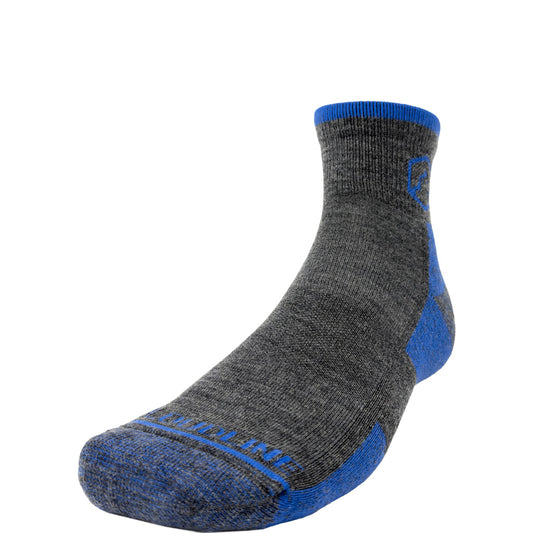
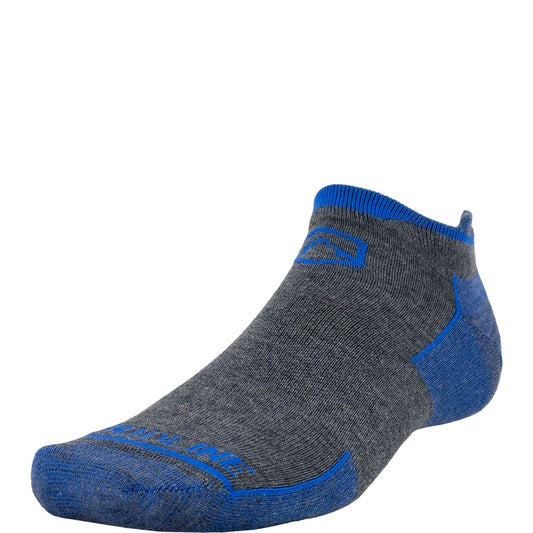
2 comments
Although I can read a map and I know how to use a compass, I no longer carry paper maps. I have an app on my phone that allows me to download the USGS 7.5 maps for free. While it’s true that my phone may die, it’s also true that I could lose my maps (I’ve had this happen). I grew weary of paying for individual paper maps and having to carry a map I may only be on for a short period of time. (I don’t have easy access to a printer.)
I’ve figured out how to minimize battery usage on my phone so that it will last several days on a charge. I also carry a spare power cell. (I used to carry a small solar panel, but unless I’m on the trail for more than a week the power cell is a better option. I still carry a compass, even though there’s one on my phone. I would feel lost without it.
I’m not saying my way is the “right” way, but it works for me. I’m kind of a troglodyte, but my phone has become my on-trail camera, map, and reading material.
I was surprised to see new ideas for my next hiking trip. Like the becon for rescuers to find you. I like that idea.